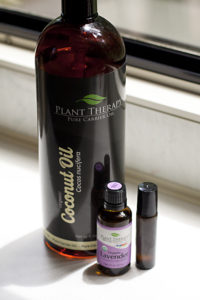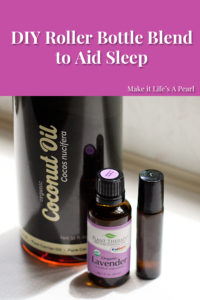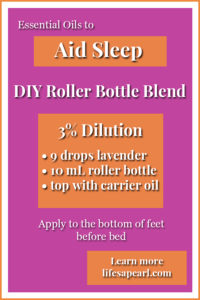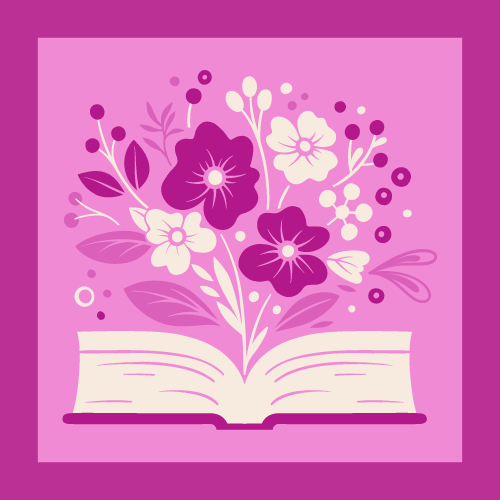Disclaimer: I am not a doctor and this is not medical advice. I’m sharing what has worked for me on my journey using essential oils to support my health.
I am using essential oils more and more recently. I use them aromatically and topically now to support my mood, prevent illness, and to keep my home clean. One of the most relaxing ways I use them is to encourage good sleep.
I have mentioned this in previous posts but it bears repeating since it’s important information that not everyone is aware of when they first start using oils. Essential oils do not fall under FDA regulations. I recommend doing your research to find a company with a pure product.
I purchase Plant Therapy oils because of their transparency. They do third party testing on every batch of oil so you can track your exact bottle and see exactly what’s in it.
They also have a wide variety of organic oils, something I try to use whenever the option is available. I believe they are reasonably priced for a high quality product. I also appreciate their blog, an extensive resource to learn more about essential oils and how to use them safely.
Some Things to Keep in Mind:
- If you haven’t used essential oils before always start with the smallest amount of oil or lowest dilution percentage to see how your body reacts. Avoid using it around your face and other sensitive areas until you’ve tested it.
- This DIY is for an adult so do not use on children. Some oils should not be used on kids. A low dilution percentage is usually recommended when applying oils topically to children.
- Be cautious using oils around pets
DIY Roller Bottle Using Essential Oils For Good Sleep

Lavender may be the most well known essential oil. It has numerous benefits and is a very versatile oil. According to Modern Essentials, lavender has antibacterial, anti-fungal, anti-inflammatory, antiseptic, and antimicrobial properties. It is also an antidepressant and has a sedative effect. Lavender’s calming effect is why I use it to help promote a good night’s sleep.
What you need:
- a 10 mL glass bottle that isn’t clear (you want to protect the oils from UV light) with a roller ball in its housing and a cap
- lavender essential oil
- a carrier oil (I use fractionated coconut oil)
Lavender has a recommended dilution of between 2% and 5% when applying topically. 5% is recommended for short term use. I like to use this almost nightly so I prefer a lower percentage blend. I decided on 3% dilution for this roller bottle. More drops can always be added if it doesn’t seem strong enough.
A 10 mL bottle is equivalent to 2 teaspoons. So using Plant Therapy’s Dilution Chart and wanting a 3% dilution, I can add 9 drops of essential oil to my bottle.
After counting my oil drops, I top the bottle off with my carrier oil. Then I push the roller ball in, screw the cap on and shake it well to mix.
I make sure to label my bottle with the ingredient, the dilution %, and the date made.
I apply this to the bottom of my feet as soon as I get in bed.
Other Things I Use This Roller For:
- My husband is terribly allergic to poison oak (and our property is sometimes a sea of it). I can apply this to the rash.
- I use it to soothe mosquito bites.
- If Pearl (our dog) gets a tick, I put this on the bite area to help once we’ve removed the tick.
Other Things I Use Lavender Oil For:
- Often I add a few drops of it to my homemade shampoo and body wash
- I use a drop of it combined with other oils in my moisturizer
- I use it in other roller blends, one to help allergies and another to help alleviate menstrual cramps.
Resources I Find Helpful:
Beginning with Essential Oils: A Basic Guide
Modern Essentials: The Complete Guide to the Therapeutic Use of Essential Oils
Plant Therapy’s Essential Oil Dilution Chart
Tell me about your favorite oil.



